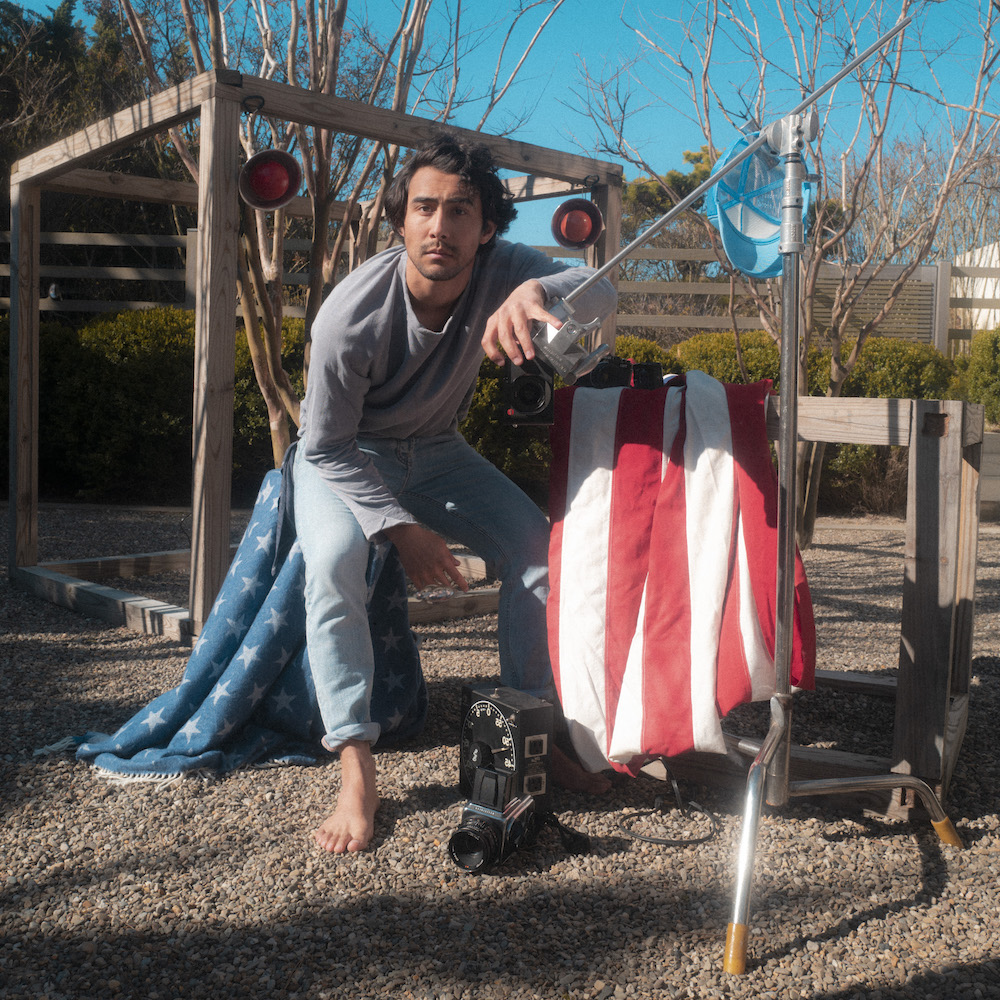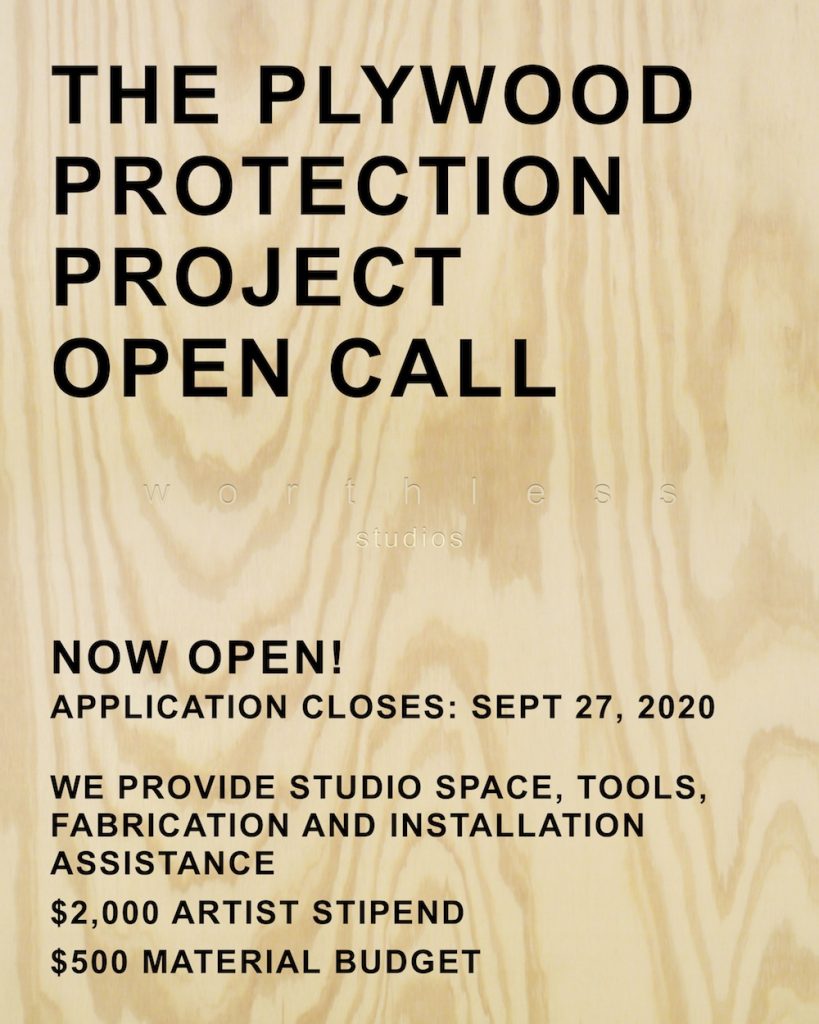Art World
A New York Nonprofit Is Collecting Plywood From Boarded-Up Storefronts and Redistributing It to Artists to Turn Into Public Art
The project will both lend a hand to aspiring artists and create public art.

The project will both lend a hand to aspiring artists and create public art.

Eileen Kinsella

The boarded up storefronts in cities across the US serve as a glaring reminder of the social unrest that rocked the US in the wake of the murder of George Floyd in late May.
Now, a New York nonprofit called worthless, which provides space, materials, and technical assistance to aspiring artists, has come up with a novel idea to repurpose the material while also giving artists a boost.
The “Plywood Protection Project” will collect the wood that businesses used to board up their storefronts and redistribute it to artists who can turn it into public art.
During the peak protest weeks across New York, as retailers, restaurants, and luxury brands boarded up their windows, plywood prices in some cases soared to above $90 for a standard board, and supply was depleted across the city. Though those costs may be minor to high-end retailers, they’re not to many artists. “Art material costs rank at the top of an artist’s expense list,” said Neil Hamamoto, a New York-based conceptual artist who founded worthless in 2016 and incorporated it into a nonprofit in 2019.

Image courtesy of worthless.
“Over the coming months, as retailers shed their protective layers of plywood, worthless studios will help artists transform these pieces into pieces of public art,” read a statement from the nonprofit. All collected wood will be stored and used to fabricate public sculpture across the city. “This plywood contains cultural, historical, and monetary value that must not go to waste; transforming it into public artwork will honor the movement in ways that our currently standing and recently torn-down monuments cannot,” Hamamoto said.
The application opens for submissions today and closes on September 27. It aims to announce its final selection of artists by mid-October. Hamamoto expects the public works to be on display from anywhere between four to eight months months although those details have yet to be solidified by the city. The exact locations are also up in the air but the current list he is pursuing includes locations in Manhattan, Brooklyn, the Bronx, and Queens.
“We selected public parks and gathering spaces that seem relevant to today’s conversations and events,” Hamamoto said.